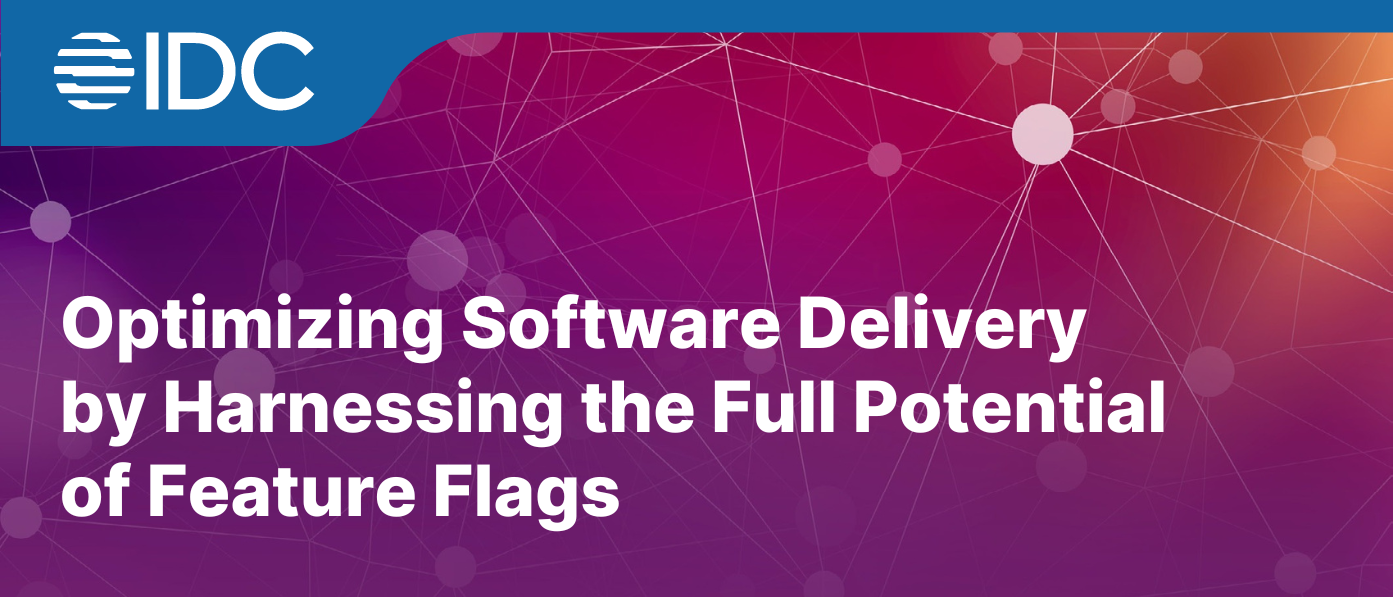Here’s a table that summarizes key GitHub Actions terminology, providing a clear and concise explanation of each term:
| Term | Definition |
|---|---|
| Workflow | A configurable automated process made up of one or more jobs. Defined in YAML files in .github/workflows/. |
| Job | A set of steps executed sequentially. Multiple jobs can run in parallel or sequentially. |
| Step | A single task that runs as part of a job. It can be a shell command or an action. |
| Action | A reusable command or script that can be shared and used in workflows. Defined in public repositories or locally. |
| Runner | A server that runs jobs. It can be GitHub-hosted (runs on GitHub servers) or self-hosted (runs on your own infrastructure). |
| Event | Triggers that start a workflow, such as push, pull_request, schedule, or workflow_dispatch. |
| Trigger | The event or condition that initiates a workflow run. |
| Job Matrix | A way to run a job in multiple configurations (e.g., different OS, environments, or parameters) in parallel. |
| Environment | A collection of settings and resources (like secrets) that control how a workflow interacts with environments such as production, development, or staging. |
| Artifact | Files generated by jobs, such as build outputs or test results, that can be shared across jobs. |
| Secret | Encrypted variables used in workflows to store sensitive data like API keys, tokens, or passwords. |
| Context | Information available to workflows during runtime, such as GitHub metadata, environment variables, or the repository. |
| Service Container | Containers that can run alongside a job, typically used for databases or other services needed for the job. |
| Workflow Run | An instance of a workflow being executed as a result of a trigger or manual dispatch. |
| Expression Syntax | Special syntax (${{ }}) used in workflows to evaluate conditions, access context variables, or make decisions. |
| Cache | Mechanism to store dependencies or build outputs that can be reused in future workflow runs to improve performance. |
| Permissions | The level of access given to the GitHub Actions runner for a job, such as read or write permissions for repositories or secrets. |
| Status Badge | A badge that shows the current status of a workflow (e.g., success, failure) that can be embedded in a README. |
| Timeout | The maximum duration a job or workflow is allowed to run before it is automatically stopped. |
| Checkout | An action (actions/checkout) that fetches the repository’s code in a workflow so that subsequent steps can work with it. |
| Cache Action | An action (actions/cache) used to cache dependencies or output between workflow runs. |
| Matrix Strategy | A feature allowing you to run the same job multiple times with different inputs (e.g., various operating systems, programming languages). |
| Approval Workflow | A manual action that requires approval from a human (typically used in deployment workflows). |
| Filter | Mechanism used to conditionally run workflows or jobs based on file changes, branches, or other criteria (e.g., paths, branches, tags). |
Example
name: CI Pipeline
# Define the triggers (events) for this workflow
on:
push:
branches:
- main
pull_request:
branches:
- main
workflow_dispatch: # Allows manually triggering the workflow
# Define the jobs in the workflow
jobs:
# A job for building the project using a matrix strategy
build:
runs-on: ubuntu-latest
strategy:
matrix:
node-version: [12.x, 14.x, 16.x] # Run the job for different versions of Node.js
os: [ubuntu-latest, windows-latest] # Run on different operating systems
steps:
- name: Checkout code
uses: actions/checkout@v3 # Action to checkout the code
- name: Set up Node.js ${{ matrix.node-version }}
uses: actions/setup-node@v3
with:
node-version: ${{ matrix.node-version }}
- name: Cache node modules
uses: actions/cache@v3 # Cache dependencies
with:
path: ~/.npm
key: ${{ runner.os }}-node-${{ hashFiles('package-lock.json') }}
restore-keys: |
${{ runner.os }}-node-
- name: Install Dependencies
run: npm install
- name: Run Unit Tests
run: npm test
- name: Upload Test Results as Artifacts
if: always() # Upload artifacts even if the tests fail
uses: actions/upload-artifact@v3
with:
name: test-results
path: test-results.xml
# A job for deploying the application, running only when building on main
deploy:
runs-on: ubuntu-latest
needs: build # This job will only run if the build job succeeds
environment: production # Specifies the environment (can be 'production', 'staging', etc.)
if: github.ref == 'refs/heads/main' # Deploy only on pushes to main
steps:
- name: Checkout code
uses: actions/checkout@v3
- name: Set up Node.js 16.x
uses: actions/setup-node@v3
with:
node-version: 16.x
- name: Install Dependencies
run: npm install
- name: Deploy to Production Server
env:
SSH_PRIVATE_KEY: ${{ secrets.SSH_PRIVATE_KEY }} # Using a secret for authentication
run: |
ssh -i $SSH_PRIVATE_KEY [email protected] "cd /var/www/app && git pull && npm install && pm2 restart app"
- name: Notify on Success
if: success()
run: echo "Deployment successful!"
- name: Notify on Failure
if: failure()
run: echo "Deployment failed!"
Explanation of Key Terminology in the Workflow
| Term | Explanation |
|---|---|
| Workflow | The entire .yml file defines a workflow. This example has two jobs: build and deploy. |
| Job | A collection of steps, running in a virtual machine environment. The jobs are build and deploy. |
| Step | Individual tasks within a job. For example, checking out the code, installing dependencies, and running tests. |
| Action | Reusable commands from the GitHub Marketplace. In this example, actions/checkout@v3, actions/setup-node@v3, etc. |
| Matrix | Allows running the build job in parallel for different versions of Node.js and operating systems. |
| Runner | The server that runs the jobs (ubuntu-latest or windows-latest). |
| Event/Trigger | The workflow is triggered by events like push, pull_request, and workflow_dispatch. |
| Environment | Specifies the environment (in this case, production) for deployment. |
| Artifact | The test results are uploaded as artifacts using actions/upload-artifact@v3. |
| Cache | Dependencies are cached to speed up future builds (actions/cache@v3 caches the ~/.npm directory). |
| Secret | A secure environment variable (SSH_PRIVATE_KEY) is used to authenticate the deployment server. |
| if | Conditional logic to control when certain steps or jobs are executed (e.g., if: success() or if: github.ref == 'refs/heads/main'). |
| Context | The expression syntax ${{ }} allows accessing GitHub contexts such as matrix, secrets, and github.ref. |
| needs | Specifies that the deploy job depends on the build job, meaning it will only run if build is successful. |
| Artifact | Test results are stored using artifacts, which can be used in later jobs or downloaded after the workflow finishes. |
Main Features Demonstrated
- Triggers: The workflow triggers on
pushandpull_requestto themainbranch, and can also be manually triggered viaworkflow_dispatch. - Matrix: The
buildjob uses a matrix to run multiple combinations of Node.js versions (12.x,14.x,16.x) and operating systems (ubuntu-latest,windows-latest). - Secrets: The
deployjob uses a secret (SSH_PRIVATE_KEY) to securely authenticate the deployment process. - Conditional Execution:
- The
deployjob only runs on themainbranch. - The steps
Notify on SuccessandNotify on Failureuseif: success()andif: failure()to conditionally run based on the outcome of previous steps.
- The
- Artifacts: Test results are uploaded as an artifact so that they can be accessed after the workflow completes.
- Caching: Caching is used for
npmdependencies to improve performance on subsequent runs.
Conclusion:
This workflow showcases a wide variety of GitHub Actions terminologies, demonstrating how to set up a matrix build, conditionally run jobs, use secrets, cache dependencies, upload artifacts, and trigger workflows with various events.
Latest posts by Rajesh Kumar (see all)

